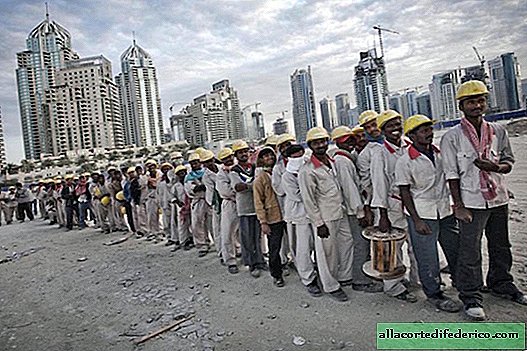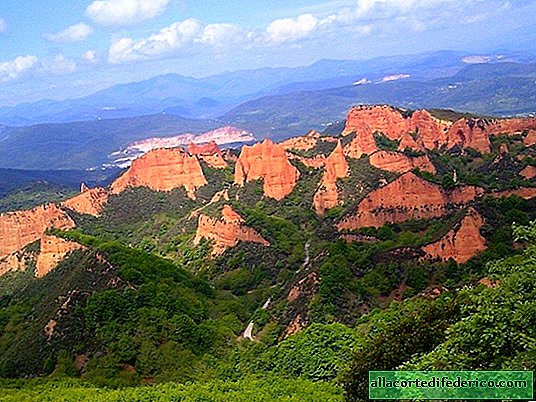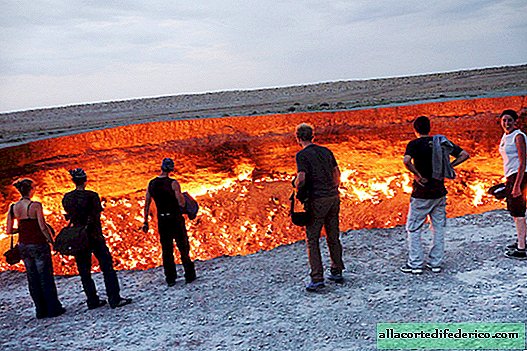Who built the huge earthen pyramids in the US state of Illinois
Before the Europeans arrived, there was a fairly developed Native American culture in the territory of the modern USA, whose representatives went down in history as "builders of the mounds." They did not have such a high level of development as the Mayans or the Aztecs, and they did not have a written language. But they left behind the remains of several large cities with earthen mounds, which today are preserved in various parts of the United States.
 Mississippi Mounds, Illinois, USA
Mississippi Mounds, Illinois, USARepresentatives of the Mississippian culture, as historians called it, belonged to different tribes that lived in the vast expanses of North America. Representatives of this culture did not have a written language, so all the information about them that is available to historians is based on notes of European colonialists, as well as on those artifacts that were extracted as a result of excavations. The heyday of culture came in the XII-XIV centuries AD. The Indians were engaged in agriculture, which was dominated by the cultivation of corn, there was a developed network of trade routes, and they also built large cities, whose population consisted of 20-40 thousand inhabitants, which is comparable not only with Mayan cities, but also with large European cities period. A distinctive feature of the large cities of the Mississippian culture were earthen pyramids, which had flat tops. The most famous of the cities is Kahokiya, located in the state of Illinois, near the modern city of St. Louis.
 Monk Barrow, Kahokiya, Illinois, USA
Monk Barrow, Kahokiya, Illinois, USAAt the time of the heyday of the city, at least 20 thousand people lived in Kahokiya. Judging by the number of large pyramids, it was a city in which power over adjacent regions was concentrated. In Kahokiya there are the remains of the highest pyramid of this culture, which had a height of almost 30 meters and was called the Monks Kurgan. In total, on the territory of Kahokiya, researchers counted 109 pyramids of different sizes. According to scientists, these pyramids could have a different purpose. At the top of one of them was found the burial of an Indian leader, others could be used for ceremonial purposes or as a foundation for residential buildings and temples.
 Kahokiya, reconstruction of the ancient city
Kahokiya, reconstruction of the ancient cityIn addition to Kahokiya, the earthen pyramids of this mysterious culture are preserved in a place called Kinkade Mounds, also located in Illinois, and in Eta Mounds, in Georgia.
 One of the mounds of Kahokiya
One of the mounds of KahokiyaAccording to historians, the decline of Kahokiya and other cities of the Mississippian culture occurred before the arrival of the European colonialists, and in the XIII century, most of their cities were already abandoned by residents. There are several versions of why this happened. Perhaps this happened due to cooling or depletion of natural resources due to the large population. But a number of researchers believe that the class stratification of society, as well as the massive influx of migrants from neighboring regions, caused the decline. The presence of foreigners is evidenced by many finds made as a result of excavations in the area of the mounds. It is possible that a massive influx of people caused hunger and mass conflicts, which put an end to the culture of the "builders of the mounds."

















